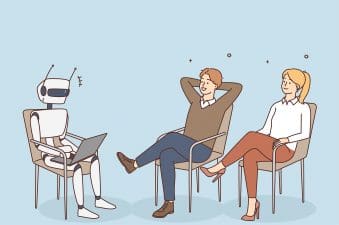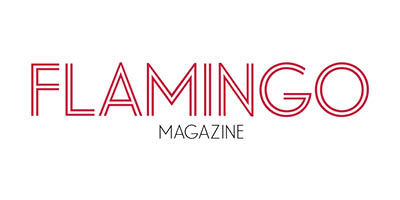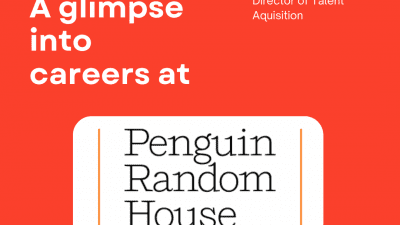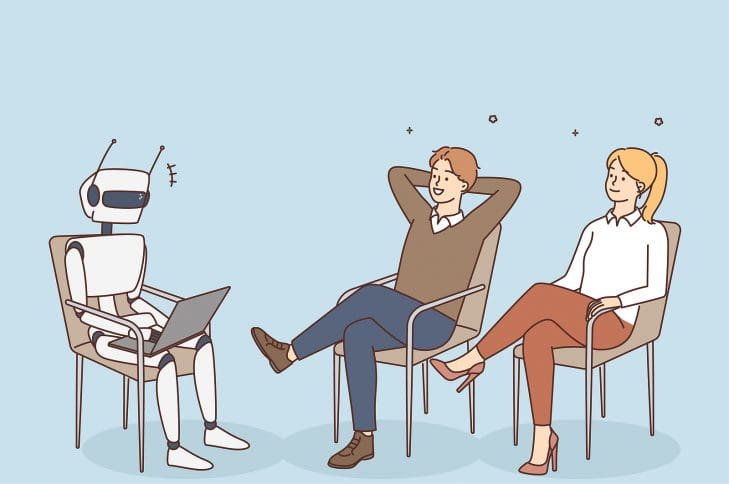
While AI art isn’t necessarily new, it’s seen a recent rise in popularity thanks to apps like Dream and Lensa. These apps have become popular because they’re easy to use and affordable. Plus, they are the only ways AI art is utilized. Everyone from book authors to business owners are recognizing the benefits. They can type what they’re looking for into an AI art generator and get a completely original piece of artwork to fit their needs.
But, not everyone is thrilled about the popularity of AI art. One of the main controversies surrounding it is that it might, eventually, become sophisticated enough to replace actual artists.
Also on Mediabistro

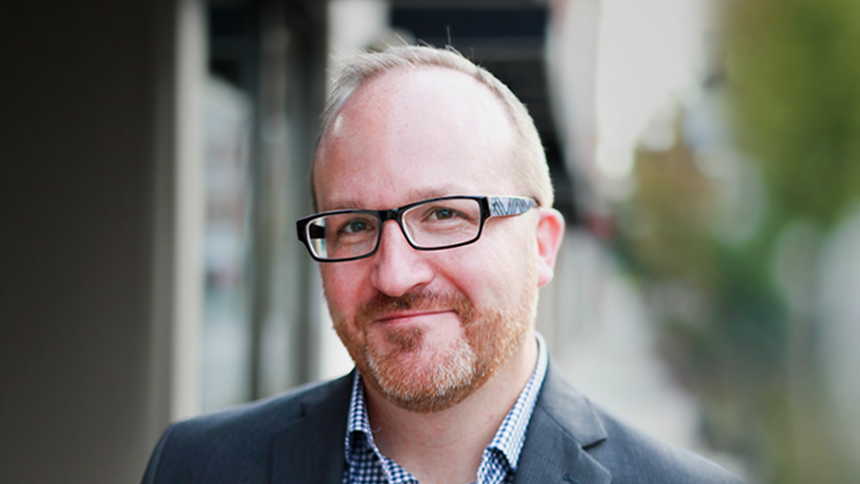
If you’re in the creative industry, you might be wondering how AI art could eventually impact your career. Thankfully, there are ways to maintain job security in a world where AI can create paintings, scripts, and more. Let’s cover some helpful tips that can offer you peace of mind as you pursue a creative career in this tech-savvy world.
Understanding How AI Works
If you truly want to maintain creative job security in the age of AI art, you have to understand how AI works – including some of its benefits. You might run into artificial intelligence applications more than you realize in your daily life. If you’ve ever talked to a chatbot on a website or used a rideshare app, you’ve encountered AI. Nearly every industry is utilizing AI in some way, from healthcare to marketing and manufacturing.
There’s no denying that certain aspects of AI could eventually “take over” tasks that are done solely by humans today. On one hand, that reduces the risk of human error. On the other hand, it could leave millions of people without jobs.
Howevre, AI is only as good as its ability to learn. Without humans to “teach” it, it will never grow, advance, or learn the right patterns to do things correctly. In the creative world, the more you understand AI and its limits, the easier it will be for you to maintain job security. First, recognize that AI has certain requirements to function properly, including:
- A high-bandwidth network
- Computing capacity
- Data storage
- Strong security
Simply put, network designers have a lot to consider when they’re creating artificial intelligence programs. So, you can rest assured that AI isn’t going to completely take over the creative industry any time soon. It has a long way to go to be able to capture the characteristics of human creativity.
It’s also important to understand how AI can actually help creatives. It can take care of some of the “tedious” tasks and patterns that can actually hinder creativity. For example, AI can generate websites in minutes, while it might take humans several weeks. You can provide the data and designs and let tech do the work for you, so you can stay in the creative driver’s seat while it does more of the “mundane” work.
Furthering Your Education
One of the best ways to protect yourself from an AI takeover is to keep learning. Some people might feel reluctant to go back to school as an adult. But, furthering your education is a great way to boost your resume and become more appealing to companies and clients alike.
One of the interesting things about many creative careers is that they constantly evolve. Whether you’re a writer, a designer, or a creative director, there are things you need to know today that weren’t relevant ten years ago, and things that will be important in five years that you’re not yet doing today. AI is so effective and impressive because it learns at a rapid pace and understands how to use patterns to create something new.
While you might not be able to retain information as quickly as a machine, you can stay competitive within the industry by keeping up your education and becoming a lifelong learner.
Humanize Your Art
Whether you’re a painter, a graphic designer, an author, or a scriptwriter, there’s one thing you’ll always have that AI can never compete with – the human touch. It’s ironic that we’re living in a world filled with technology, and people are craving human relationships more than ever. Consumers want it from brands, businesses want it from their employees, and the average person wants it from their entertainment.
While AI is more than a trend, it will never be able to understand emotion – the very crux of creativity. If you’re a writer, for example, you’ll never have to worry about AI experiencing things like:
- Excitement
- Jealousy
- Anger
- Depression
However, without those emotions (and so many more), you’re not going to have a very interesting story.
If you’re a painter, there’s no denying that AI can create beautiful and unique works of art, but nothing can replace the raw emotion and meaning behind a piece created by a person.
So, while the ethical debate surrounding AI art is likely to continue, don’t worry too much about your job security in the creative industry. Keep these suggestions in mind, dedicate yourself to a life of learning, and continue to foster your passion for what you love, recognizing that your human emotions are exactly what set you apart from AI technology.
